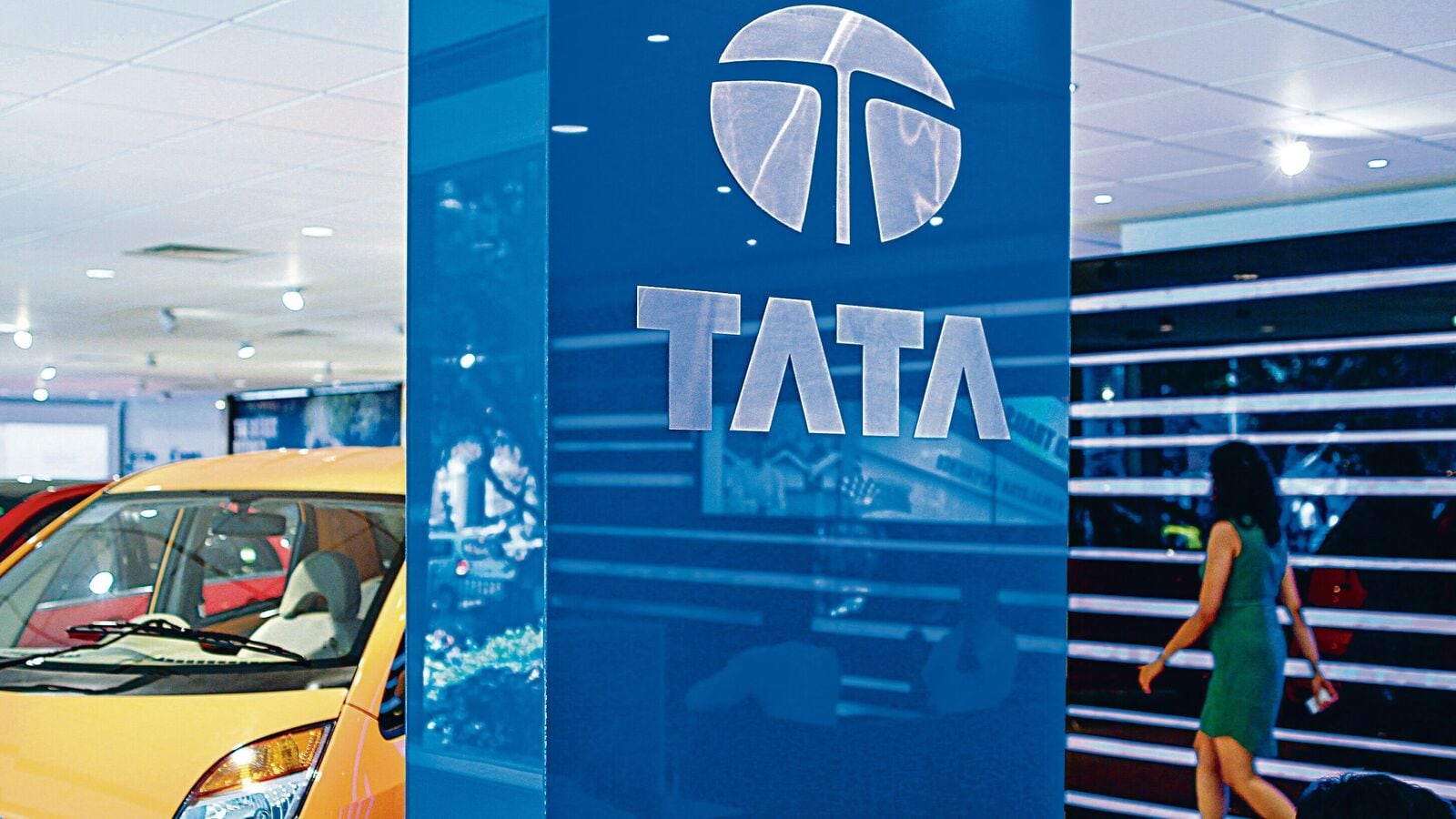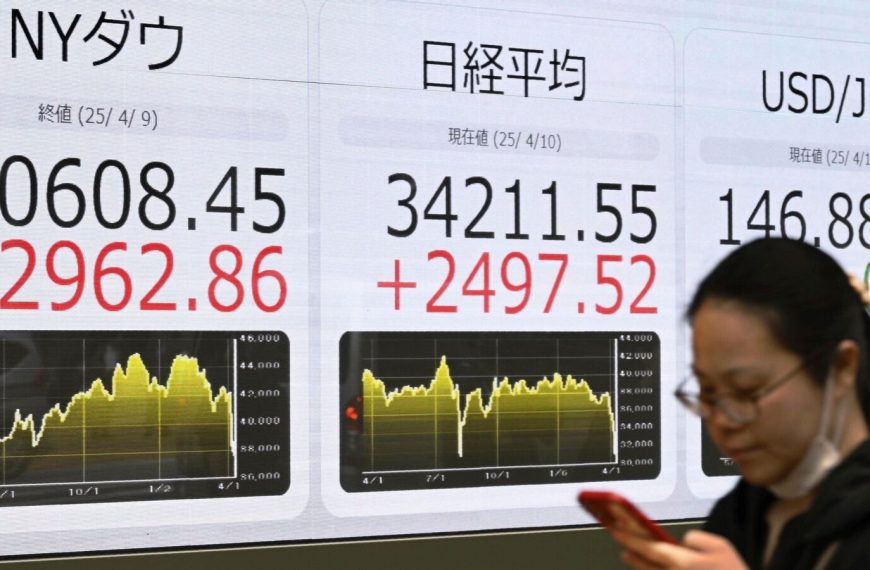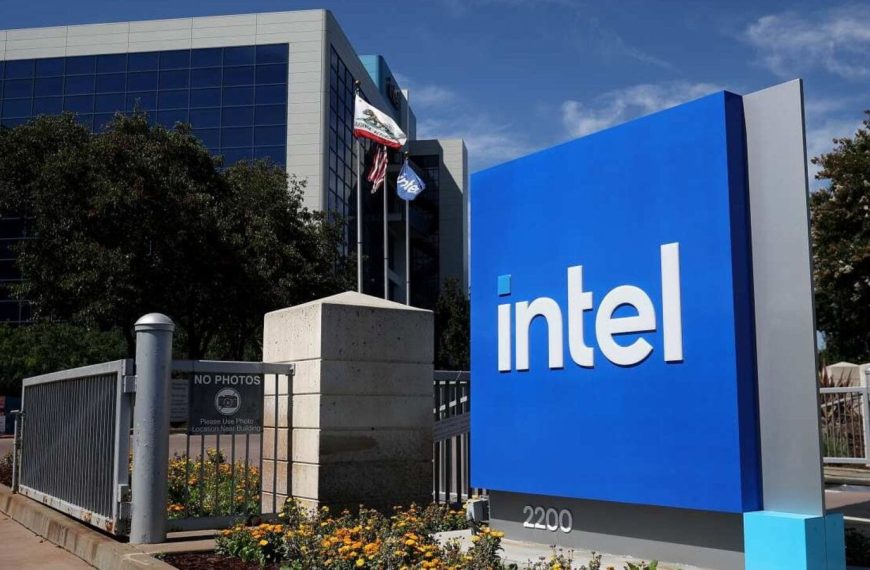In a challenging start to the week, Tata Motors’ stock tumbled by 10% in early trading on Monday, dropping to ₹552.50 on the Bombay Stock Exchange (BSE). This significant decrease was triggered by an announcement from its UK-based subsidiary, Jaguar Land Rover (JLR), which revealed a temporary halt on vehicle shipments to the United States for the month of April. The pause comes in response to a hefty 25% import tariff imposed by the Trump administration on imported vehicles, significantly affecting the company’s operations.
JLR’s Shipment Suspension
Jaguar Land Rover, renowned for its luxury offerings like Jaguars, Range Rovers, and Defenders, does not have any manufacturing facilities within the U.S. market. Instead, it relies entirely on exports to meet U.S. demand, having shipped 38,000 vehicles in the last quarter of 2024. In a statement, JLR highlighted the importance of the U.S. market for its luxury brands, stating, "As we navigate the new trading conditions with our partners, we are implementing short-term measures, including the shipment suspension for April, while we strategize our mid- to long-term plans."
Tata Motors Sales Overview for March 2025
Looking at Tata Motors’ performance, the company’s domestic vehicle sales for March 2025 remained relatively stable, with 90,500 units sold compared to 90,822 units in the same month the previous year. Notably, passenger vehicle (PV) sales, encompassing both standard and electric models, experienced a 3% increase to reach 51,872 units. Conversely, commercial vehicle (CV) sales dipped by 3%, totaling 41,122 units. For the entire fiscal year of 2024–25, Tata Motors reported a 4% decrease in domestic sales, falling from 9,49,015 units in FY24 to 9,12,155 units in FY25. Specifically, PV sales fell 3% to 5,56,263 units, while CV sales dropped by 5% to 3,76,903 units.
Market Reactions and Analyst Opinions
Following these developments, investment firm CLSA has revised its outlook on Tata Motors, downgrading its rating and reducing the target price by 18%, from ₹930 to ₹765. This adjustment reflects CLSA’s lowered EBITDA forecast for JLR for the fiscal year 2026, though the firm still anticipates that JLR will maintain positive free cash flow through both FY26 and FY27.
Should You Buy or Sell?
Investors may find themselves questioning the future of Tata Motors in light of this recent turmoil. With the stock’s drop and analysts adjusting their forecasts, it’s essential to weigh the potential risks and rewards before making any decisions. Keeping an eye on the evolving U.S. tariffs and JLR’s strategic responses will be crucial for understanding the broader implications for Tata Motors’ market position.
For more insights on market trends and investment strategies, check out our detailed articles on the automotive industry and stock market analysis.











